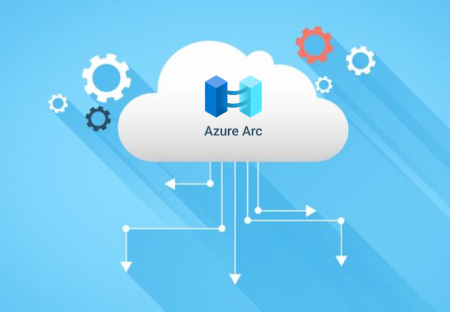In today’s interconnected world, cybersecurity is no longer an afterthought; it’s a fundamental requirement for any organization or individual relying on digital technologies.
As cyber threats continue to evolve and grow in sophistication, a proactive approach to security has become imperative. This is where the concept of “Security by Design” comes into play.
In this blog, we’ll delve into the principles of Security by Design, why it’s crucial, and how it can help build a resilient digital future.
Understanding Security by Design
Security by Design as a Built-In Quality, is an approach that integrates security measures and best practices into the very foundation of a system or application during its design and development phase.
It’s a departure from the traditional model where security is added on as an afterthought. Instead, it makes security an inherent part of the system’s architecture and functionality.
Why Security by Design Matters
Proactive Threat Mitigation: With cyber threats constantly evolving, reactive security measures are no longer sufficient. It allows organizations to anticipate and mitigate threats before they can exploit vulnerabilities.
This approach involves threat modeling, where potential threats and vulnerabilities are identified early in the design phase.
Cost-Efficiency: Building security into the design phase can be more cost-effective than retrofitting security measures onto an existing system. It helps reduce the financial impact of breaches and compliance violations by addressing security issues upfront.
Data Protection: As data breaches become more common and costly, Security by Design ensures that sensitive data is protected from the outset. By implementing data minimization principles, organizations collect and store only the data necessary for the system’s function, reducing the potential impact of a data breach.
Faster Response: In the event of a security incident, systems designed with security in mind can respond more effectively and swiftly, minimizing potential damage. This includes implementing robust access controls, secure coding practices, and regular testing.
Principles of Security by Design
Threat Modeling: Identify potential threats and vulnerabilities early in the design phase. This involves assessing the system’s architecture, data flows, and potential weak points. By understanding potential risks, organizations can develop effective countermeasures.
Data Minimization: Collect and store only the data necessary for the system’s function. This reduces the potential impact of a data breach, as there’s less sensitive data to compromise.
Access Control: Implement robust access controls and authentication mechanisms to ensure that only authorized users can interact with the system. This principle includes role-based access control and strong authentication methods.
Secure Coding Practices: Developers should follow secure coding guidelines to prevent common vulnerabilities like SQL injection and cross-site scripting (XSS). Regular code reviews and security audits are essential for maintaining code integrity.
Regular Testing: Continuously test the system for security flaws and implement regular security assessments and penetration testing. By identifying vulnerabilities early and addressing them promptly, organizations can reduce the risk of exploitation.
Conclusion
Security by Design is not just a trend; it’s a fundamental shift in how we approach cybersecurity. By embedding security into the design and development process, we create a digital landscape that is more resilient, cost-effective, and capable of withstanding the ever-evolving threat landscape.
It’s time for organizations and individuals to embrace as a critical component of their digital future.
Learn More – Cloud Transformation Services Of Metaorange Digital











